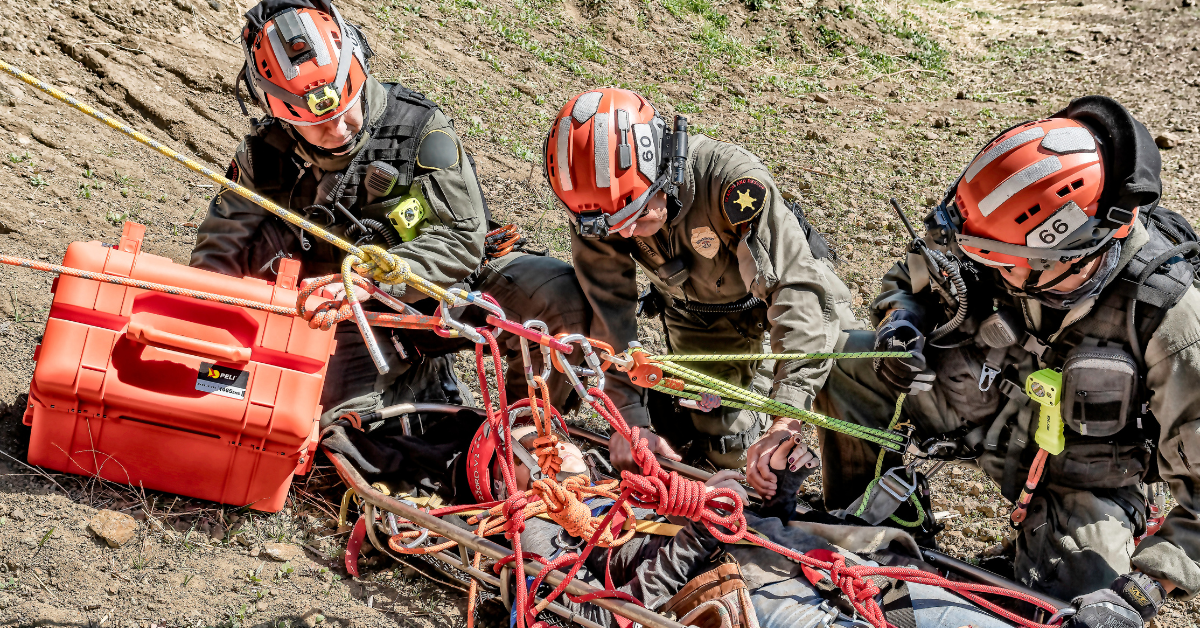In emergency situations, every second counts. Medical aid teams need to deploy quickly, carrying essential equipment that must remain protected yet easily transportable. One significant challenge faced by these teams is the weight of their cases, which can hinder mobility and response times. This article explores how choosing the right lightweight and durable cases can make a crucial difference in emergency scenarios.

THE IMPACT OF HEAVY CASES ON MOBILITY
CONSEQUENCES OF OVERLY HEAVY CASES DURING RAPID DEPLOYMENTS
Lightweight Case Options Without Compromising Protection
IMPROVING EFFICIENCY AND RESPONSE TIMES WITH LIGHTER CASES
KEY FEATURES TO LOOK FOR IN LIGHTWEIGHT, DURABLE CASES
- High-Strength Materials: Cases made from advanced materials like HPX resin that provide strength without excess weight.
- Ergonomic Design: Features such as comfortable handles and wheels for easy transport.
- Water and Dust Resistance: Ensuring that equipment remains safe and operational in various conditions.
- Customisable Interiors: Options for foam inserts or modular compartments to securely hold different types of medical gear.
- Impact Protection: Reinforced corners and edges to protect against drops and impacts.
When selecting cases, medical aid teams should look for specific features that balance weight and durability:
Choosing the right equipment cases can significantly affect the ability of medical aid teams to respond swiftly and effectively in emergencies. Lightweight, durable cases like those in the Peli Air series offer a solution that enhances mobility without sacrificing protection. By investing in the right cases, medical teams can ensure they are always ready to deliver critical services when and where they are needed most.

